A site, a family
This family-owned estate, which is today comprised of 38 hectares of a diverse range of grape varieties, sits at the foot of the village of Pierrefeu-du-Var, in Provence. Formerly owned by the monks of the Saint-Victor Abbey in Marseille between the Middle Ages and Revolution, it was purchased in 1932 from the Marquise of Pierrefeu by the family’s great grandfather, a cooper from Arth in Switzerland. Later developed by Julien’s grandfather in the fifties, and subsequently by his father Charles, the estate was converted to biodynamic farming by Julien and his wife Mireille in 2005.
Around one thousand years ago the property, then known as Saint-Pierre les Baux, belonged to the local nobility. During this tumultuous period in history, famous for its crusades to conquer the heretics, the land was gifted to the monks of the Saint-Victor Abbey in Marseille who accorded its use to the Priory of Saint-Pierre. But several centuries later, during the French Revolution, when possessions of the clergy and the nobility were declared national property and sold for the benefit of the nation, the property was purchased by the Marquis of Pierrefeu. It was not until 1932 that the Kennel family entered into the history of this historic site.
A FAMILY-OWNED ESTATE SINCE 1932
FROM COOPER TO WINEGROWER
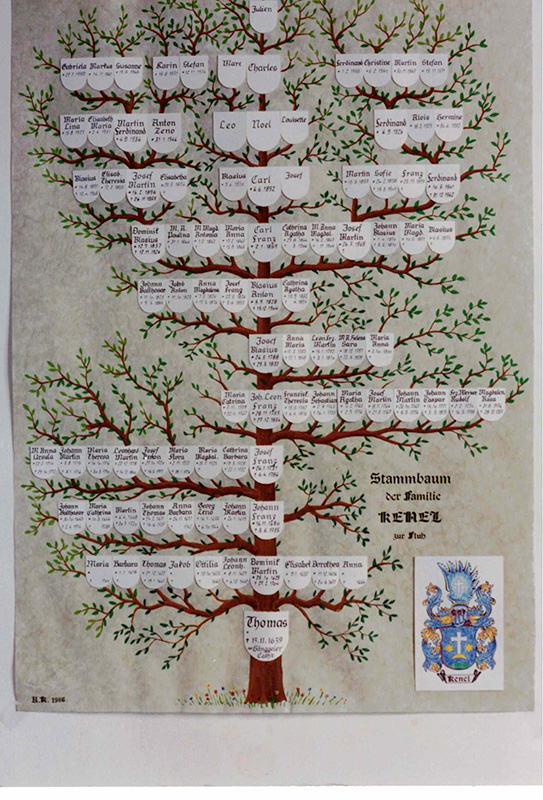
The Kennel family tree since 1639
1800 | Blasius the cooper
In the 1800’s, some five generations before Julien Kennel, Blasius the cooper had established his cooperage business in Arth on the shores of Lake Zug, in his native Switzerland. In this mountainous Alpine region, the traditional production of kirsch, spirits, and wine ensured the prosperity of the Kennel cooperage down the generations. Still today, one of the family’s cousins, Aloïs, working in Kussnacht, supplies barrels and tuns to the winemakers of Vaud, Neuchâtel, and Tessin, home to the best vineyards in Switzerland.
1902 | Carl-Franz Kennel
In 1902, before the Great War, Carl-Franz, the third of thirteen Kennel children, left home to seek his fortune and found La Londe-les-Maures in the south of France to his liking. As an artisan cooper he soon found employment in the village and, a few years later, decided to start his own business.
1932 | Charles-Martin Kennel
Charles-Martin Kennel bought the Saint-Pierre-les-Baux estate in 1932. The site, that included a priory built by the monks of the Saint-Victor Abbey in Marseille, had been confiscated during the French Revolution and acquired by the Marquis of Pierrefeu, a great landowner. At the time Charles Kennel bought the property from the Marquis’ daughter, the vines were overgrown with weeds and the buildings abandoned. He set himself the task of renovating it, and the first vines were planted in 1936 which, until very recently, were still producing excellent red wines.

Charles-Martin Kennel 1898-1947
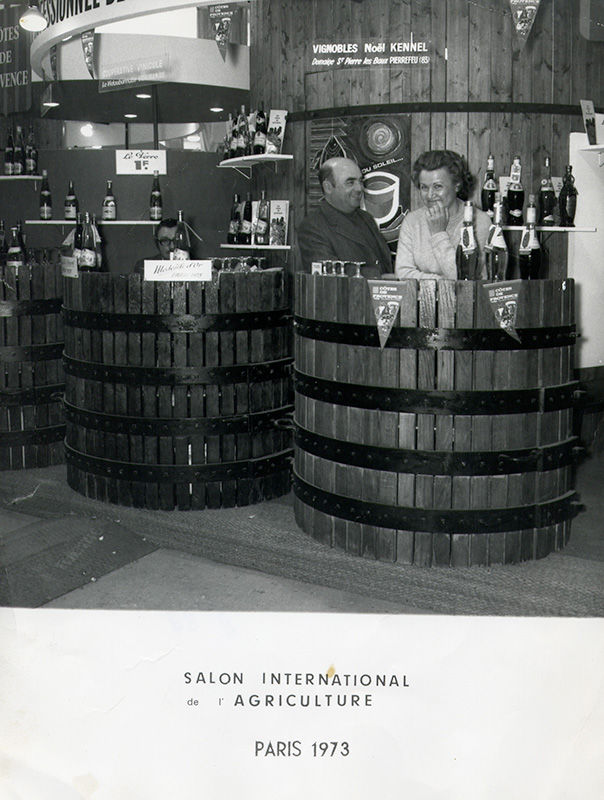
Noël and Jeannette Kennel at
the Paris International
Agricultural Show, 1973
1951 | Noël & Jeannette Kennel
Noël Kennel, Charles-Martin’s eldest son, was studying mechanical engineering when World War II broke out. All plans were abandoned, and he had to leave for the French Youth Camps in 1941. On his return to La Londe he met Jeannette and set up home in 1943, but after the liberation it wasn’t possible to resume his studies, so he turned to viticulture and learned his trade in a magnificent local property – the Ott family’s Clos Mireille. In 1951, with the blessing of his family, Noël and Jeannette left La Londe to set up independently at Pierrefeu: a significant date for Domaine Kennel. For the first three years their production was put into glass carboys for delivery by horse and cart to bistros and bars throughout the Alpes-Maritimes. Gradually the idea of creating their own brand took shape, and the first bottle was produced in 1954. And thanks to Noël’s talent for winemaking and Jeannette’s business sense the estate’s reputation continued to grow over the years.
1990 | Charles Kennel
At the beginning of the nineties Jeannette and Noël stepped back to a well-earned retirement, and their son Charles Kennel assumed the management of the business in which he had worked since his youth. Straight away, he undertook the indispensable job of updating the cellar to instal equipment that would enable them to make more modern rosés, notably thanks to controlled temperatures, rigorous sorting, and precision pressing. He also worked to acquire more parcels within the AOC designated area.
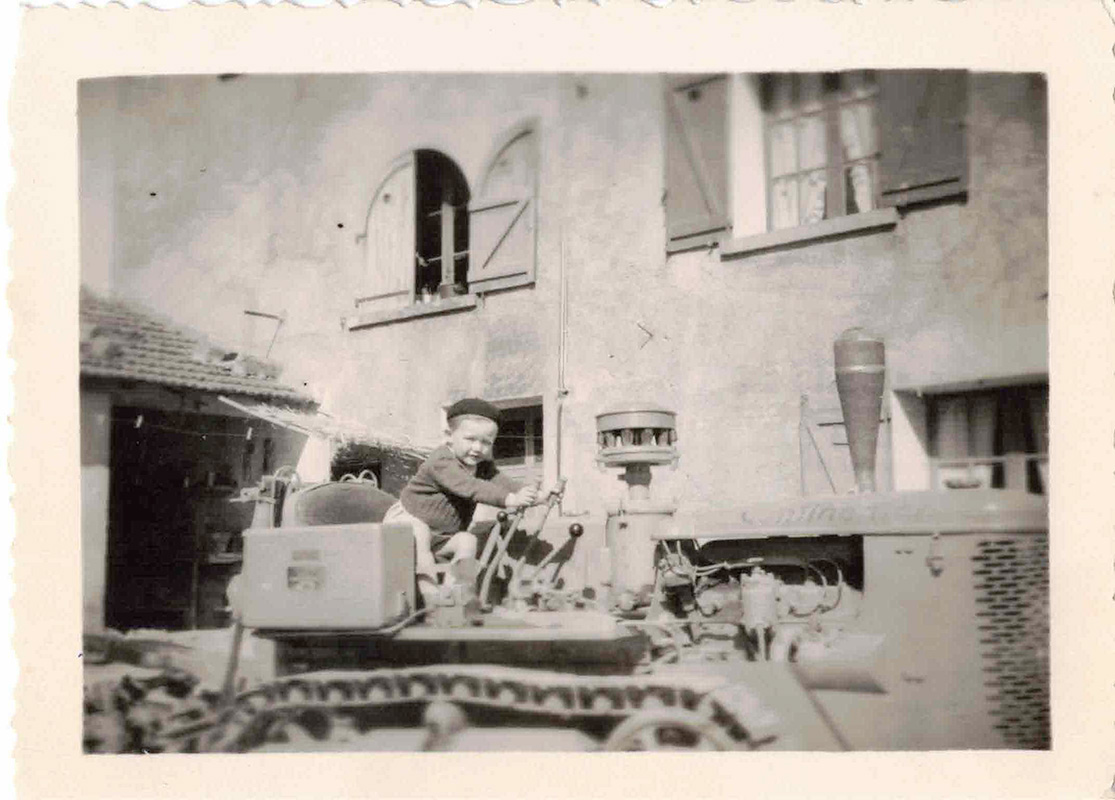
Charles Kennel at 5 years old
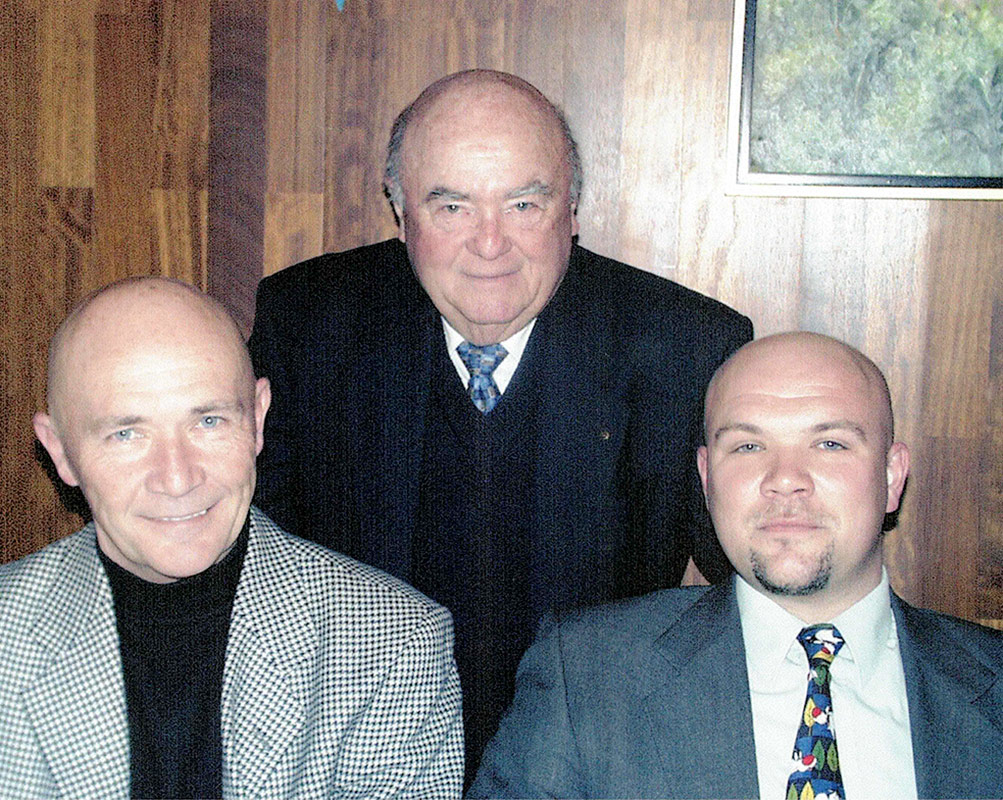
Three generations together: Noël, Charles,
and Julien Kennel in 2005
2005 | Julien Kennel
When Charles retired, his son Julien took over to accompany this family enterprise into the modern era, whilst maintaining traditional skills and know-how. Prompted by the age of the vines he began a lengthy replanting programme, with the emphasis on varieties that would enable them to produce greater quantities of rosé, the iconic wine and pride of Provence. At the same time, the old vines were managed with the utmost care to ensure that they would continue to draw their vegetative balance from deep in the earth to give ripe, concentrated grapes and produce silky, fruit-forward red wines. The whites, pride of the estate since the sixties, were given a new lease of life to continue their success on the greatest tables of the Cote d’Azur.
2015 | Mireille Kennel
Mireille Kennel, Julien’s wife, joined the business in 2015. With her enthusiasm, and particularly her business acumen and good inter-personal skills, she developed the reputation of the estate way beyond the boundaries of the region, patiently building a distribution network tailored to the needs of their wines. But naturally she also participates in the work on the estate, as the vineyard is above all a family affair.
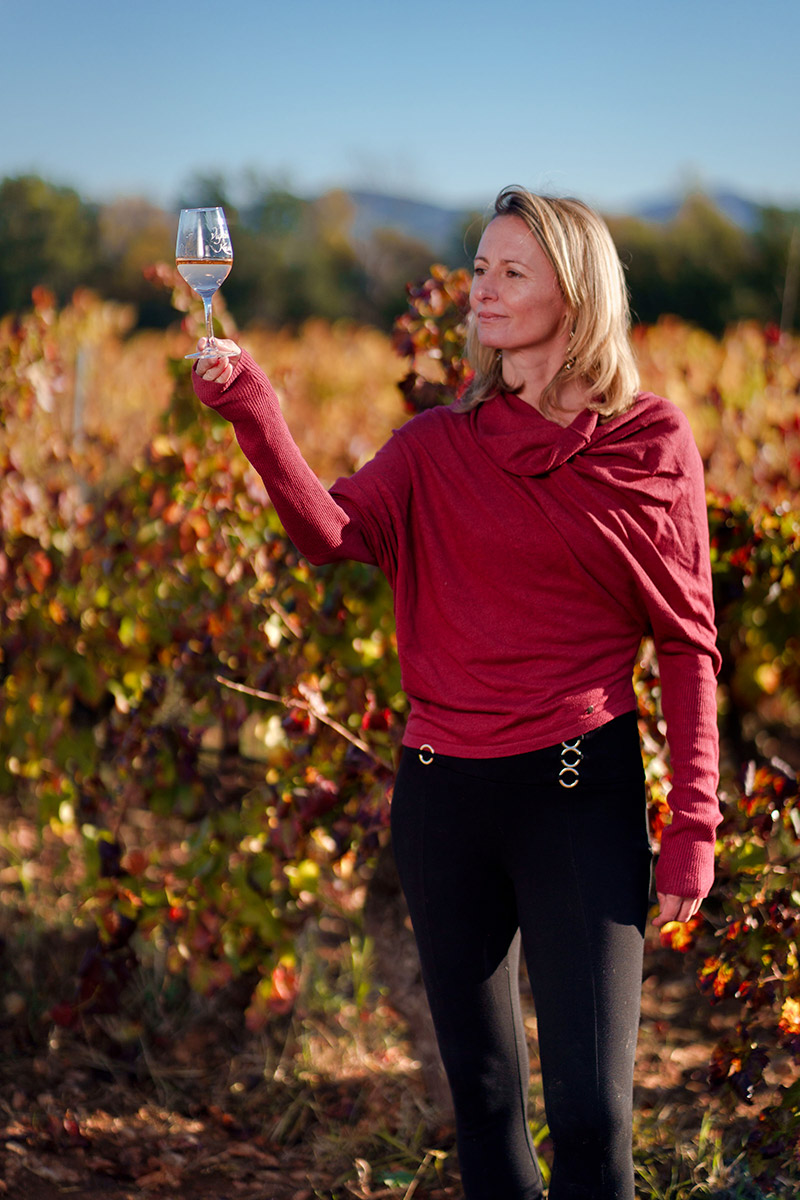
Mireille Kennel – 2015
Successions
• In the 16th century, a certain Forbin sold the Bastide de Saint Pierre at Pierrefeu to Jean Simier de Marseille, before taking it back later.
• On 30 July 1588, he sold it to Antoine de Serra or Cerra, a merchant in Toulon.
• In 1628 the Bastide was the property of Charles Décugis and Melchior Thomas.
• The 3 November 1647, Melchior Thomas made the Bastide de Baux (alias Banaux) a sub-fief of his estate at Pierrefeu, under the name of Saint Pierre, in the jurisdiction of Pierrefeu.
• Louis (1634) co-owner of Pierrefeu and Saint-Pierre and first consul of Draguignan in 1678-79, received the donation from his mother, a widow, on 19 August 1680. He paid tribute for the element Pierrefeu on the 30 of the same month. Died before the 23 September 1684. Married, at Draguignan, the 21 June 1660 according to the contract dated the same day, Claire Geoffroy Dephin Gansard (born around 1639, deceased 12 October 1719), daughter of Melchior, equerry, and Marguerite Maty de la Garde.
• Louis-Joseph-Léonce Dedons, youngest son of Alexandre-Émile-Joseph Dedons of Pierrefeu and Amélie de Demandolx, was born 18 January 1815. As Count of Pierrefeu, he married, the 31 May 1846 at Choye (Haute-Saône), Marie-Simone-Léopoldine de Pillo de Chenecey, born 6 December in the same village. On the death of the couple, the inheritance went to auction by order of the tribunal of Toulon, dated 10 May 1896. The Domaine Saint Pierre at Pierrefeu, and a house with cellar, presses, and outbuildings situated rue de la République, were estimated at 20,000 francs.
• Much later, in 1932, Charles Kennel, a reputed cooper from Switzerland, bought the estate from the last Marquise of Pierrefeu de Demandolx. For many years he ran the estate with a great passion for the noble profession of winegrower. On the death of Charles, in 1947, it was Noël his son, raised in the pure winegrowing tradition with a love of the earth, that took over the family estate. In 1943, Noël married Jeannette and founded a family at La Londe. In 1951 they moved to the family property at Pierrefeu and produced their first bottled wine in 1954.

